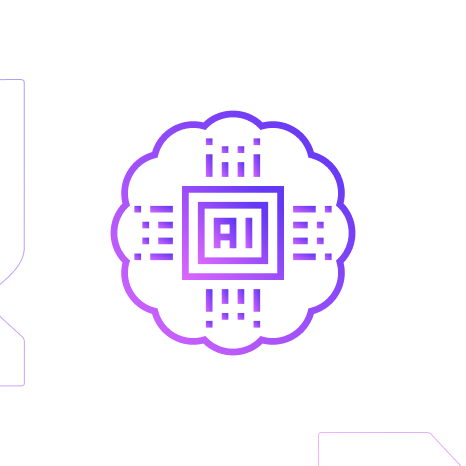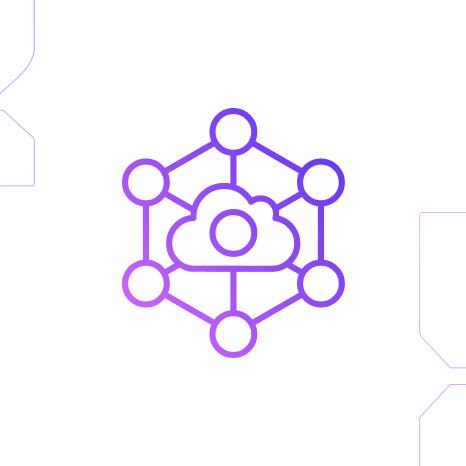

Understanding RPA, Its Benefits, and Its Uses

What is RPA
Robotic Process Automation, or RPA, is the automation of routine and repetitive workflows, processes, and/or tasks using software bots. It basically involves using a robot (metaphorically, since it’s a software that executes) to perform the tasks a human would. Since the tasks are repetitive, the RPA program needs to be designed and developed once, and it then continues to perform without human intervention.
With the introduction of Machine Learning and Artificial Intelligence, RPA can be implemented to non-repetitive tasks and processes as well. RPA is being used in top tier companies to automate tasks in departments like Customer Care, Supply Chain Management, Accounting, Healthcare, HR, etc.
The popularity of RPA comes from obvious reasons like its ability to optimize productivity and eliminate human prone errors, and also from the fact that it is easy to implement into existing IT infrastructures.
Benefits of Implementing RPA
1. Reduces (or Eliminates) Human Prone Errors
It is human nature to make mistakes, and sometimes a misplaced number can spiral to major problems. RPA applications replace humans and take over repetitive tasks, effectively eliminating the chance for errors to creep in.
2. Provides Highly Accurate Results
Automating calculative tasks, like in accounting, for example, leads to accurate results as RPA bots once programmed simply follow the set of rules, eliminating chances of errors.
3. Increases Productivity
Along with a reduction in errors and better precision, RPA applications can run continuously and provide 24×7 productivity. Unless there are scheduled upgrades or planned modifications, an RPA application can continue to deliver.
4. Helps Reduce Labour Costs
Organizations can implement RPA applications to take over multiple roles and lean down on labour, thus reducing labour costs.
5. RPA Applications are Scalable
An important benefit of implementing RPA is that is can be scaled to take on more tasks as and when required, provided you have the tech force to program the new requirements. RPA also scales as your business grows with a much lower cost than the cost of hiring new labour during expansion.
6. RPA is Adaptable and Flexible
Through programming, RPA applications can be set up to mimic any human actions and take over any type of task. It can also be implemented across various platforms, like ERP or CRM software, for example.
7. RPA Can be Quickly Calibrated
RPA solutions are agile, and businesses can modify their RPA programs to scale up, scale down, or provide results suited to their consumers.
RPA Use Cases
Here are some use cases that prove RPA can help businesses grow rapidly.
1. Customer Order Processing
E-Commerce platforms are leveraging RPA to automate the complete life cycle of a product, from procurement to delivery and re-order. When a consumer places an order, the RPA bot accepts the order, schedules the product for dispatching, and reduces the count in the inventory. When the count falls below a certain threshold, it automatically places a procurement order. If the stock falls short, the RPA bot sets the product as sold out. The RPA solution can also track shipments, calculate ETAs and send automated notifications to users.
2. Email Customer Service
Customer service companies that take complaints over email are utilizing RPA to segregate emails for better service. The RPA bot is programmed to look for keywords and patterns to identify what issues are high priority and what are low. The bot can be programmed to send out automated replies and solutions. Through machine learning, the RPA bot also calibrates itself in case a mistake is made.
3. Payroll Processing
Companies with a large workforce usually have a tough time with payroll processes. Employee salaries have to be calculated based on days worked, shifts, overtime, etc. RPA is now being leveraged to automate the entire process. Biometric systems record workers’ in and out time, and the RPA bot is programmed to calculate and dispatch salaries.
4. Claims Processing
Insurance claims require a huge amount of manual work before claims can be released, especially at hospitals. RPA applications now have the capability to scan documents, extract written information through Optical Character Recognition, or OCR technology, and process the claims all without human intervention. This RPA solution is also being used in financial institutions to process new applications.
5. Logistics and Shipping
A lot of back-office tasks in the shipping and logistics sector can be automated with RPA to drastically improve productivity. Operations like accepting orders, updating customer details, processing orders, scheduling delivery, tracking freight via GPS and calculating ETA, etc.
Key Difference Between RPA and Test Automation
RPA and test automation are similar, but not the same technologies. Test automation tools are tools that are used to automate the software testing process. It is an automation technology, but specific to one domain – testing.
RPA solutions, on the other hand, can be implemented across a wide range of departments and operations. Test automation tools work on a product, performing the action of testing. And RPA replaces human action to perform operations.
The Bottom Line
Robotic automation seemed like something we only expected to see in sci-fi movies, but technology advancements over the last few years have made it very much a reality today. RPA is becoming an obvious solution for day-to-day process optimization in many businesses.
The reason companies are willing to spend the money on implementing RPA is that the results are phenomenal. The reduction in errors and an exponential increase in productivity is worth it in the long run. If you haven’t implemented RPA within your organization, now is the time to start.
At x-enabler, we are currently helping our customers prepare for the change by enabling their solution to be available on all devices including wearable, smart home solutions and new age IoT devices. Together, we are using technology as a driving force to achieve a better, broader solution that can improve usefulness of current products tenfold.
Interested in implementing RPA into education? Contact us!



Leave a comment!